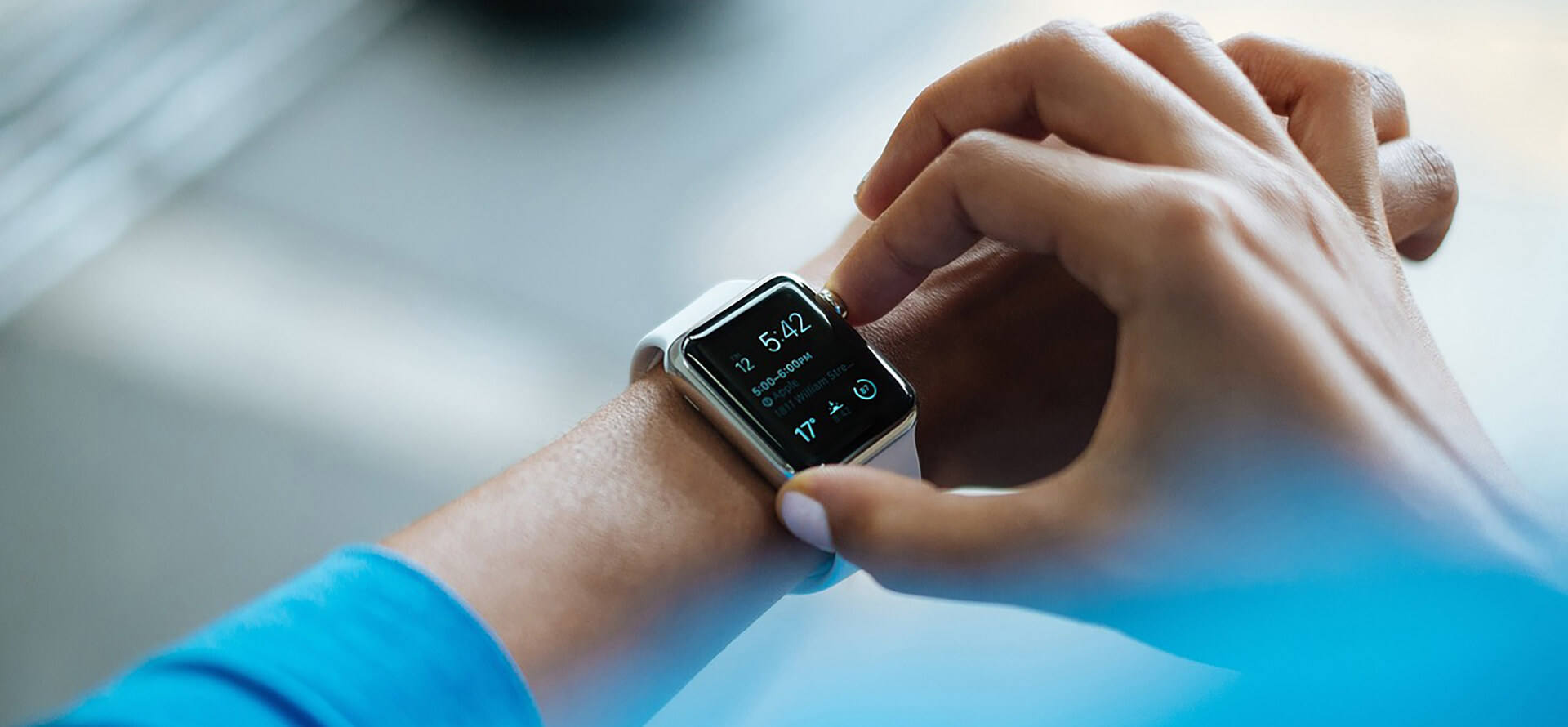
Right at the beginning of this article I have to make a confession: When I joined Jauch’s marketing team almost five months ago, I didn’t have the slightest idea about frequency components. I didn’t know what a quartz was, what it looked like or how it differed from an oscillator. Of course, this has now changed, thanks to the patient and detailed explanations of my technical colleagues.
The more I learned about crystals and oscillators over the last few months, the more I became aware that frequency products can actually be found everywhere in our everyday lives! A typical daily routine without frequency generators? Hard to imagine. Let me give you a few examples from my personal everyday life.
The Quartz Guarantees Precise Time Measurement
My day starts with the ringing of my alarm clock. And that’s already the most classic field of application for quartzes: The clockwork. The transition from mechanically operated clockworks to electrically operated quartz watches in the 1970s was the first time that quartz-products entered the mass market.
When connected to an external power source, the quartz oscillates at a stable frequency that determines the rhythm of the clockwork. Put simply, the quartz ensures that the watch “knows” how long a second lasts. Since the generated frequency always remains exactly the same, quartz crystals are considered as guarantee for the highest precision in time measurement.
Intelligent Control Electronics
Just half an hour after getting up I sit in the car on my way to work. A short time later the first raindrops fall. The rain sensor strikes and the rain-sensing wipers do their work in a regular rhythm. Depending on the amount of water, slower or faster, just as the quartz used in the control electronics dictates. But it’s not just the rain sensor: The turn indicator blinker, the comfort seat adjustment and the steering column electronics also depend on quartz crystals as frequency generators.
The heavy rain depresses me, I need music. Because radio-pop is horrible, I connect my mobile phone via Bluetooth to the car’s sound system and start my own playlist. For the exchange between mobile phone and car to function smoothly, they have to communicate with each other on exactly the same radio frequency. You probably already suspect that a quartz is taking care of that.
Wireless: The Quartz Ensures the Correct Frequency
The wireless exchange of data and information has become one of the most important application areas for frequency components. This applies to wearables such as fitness wristbands and smartwatches, which transmit their data to the wearer’s smartphone, as well as to intelligent production machines that communicate with each other as part of IoT applications. In all these cases, quartz crystals provide precise radio frequencies and ensure that the transmitter and receiver are literally on the same wavelength.
When I arrive at the office, the first thing I do is start my computer. Windows 10 shows me a picturesque volcanic landscape and above it the time: 8:20. Once again the time measurement is controlled by a quartz. By the way, the same holds true for the timer of the microwave, in which I, the scrimper, warm up my Ratatouille that I brought from home.
You see: Despite their low profile, there is hardly a way around quartz crystals and oscillators in everyday life. Only a few millimeters in size, they are an indispensable part of numerous electronic applications – from radio alarm clocks to computers.
For more information on how quartz crystals and oscillators work, please see our “Ask the Engineer” series. Here our Head of Technical Support, Christian Büchler, explains how tuning fork crystals work and which methods are used in the production of high-precision quartz crystals.


 Deutsch
Deutsch 



